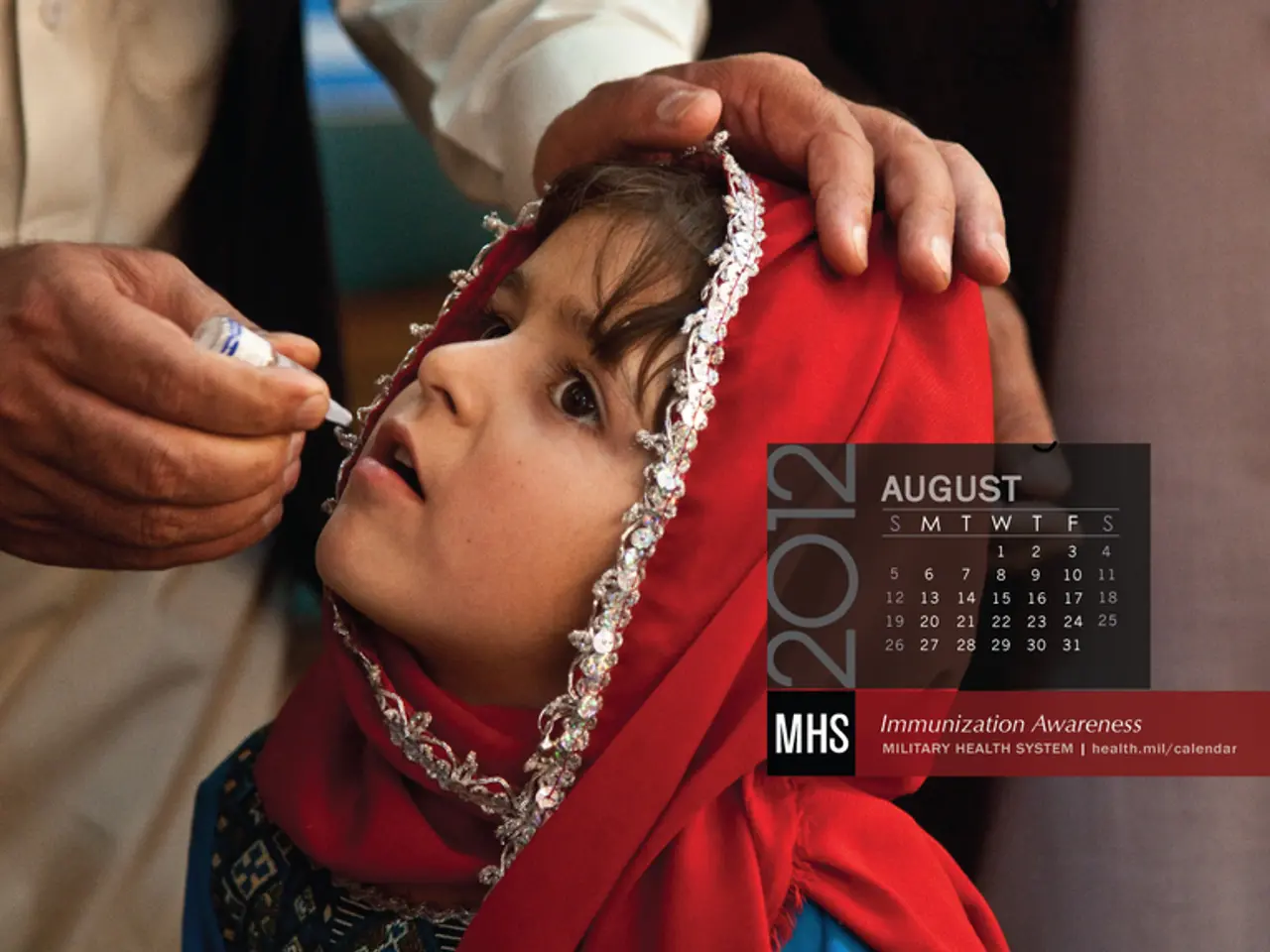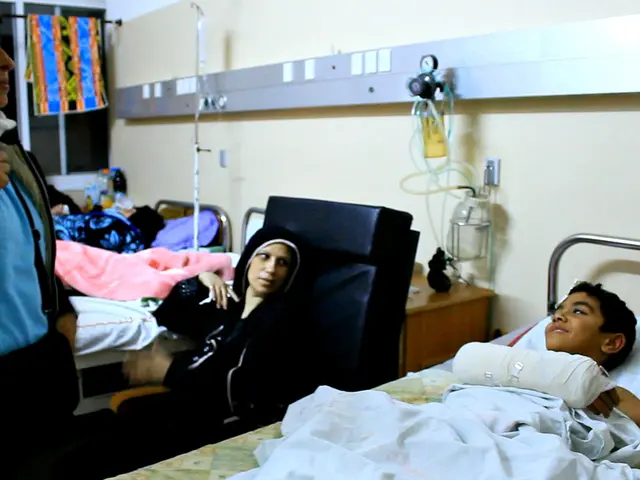Uncovered: Instance of Tuberculosis Identified at a Casino in Northern California
Cache Creek Casino Resort, a popular establishment west of Sacramento, California, has issued a public health alert due to a case of contagious tuberculosis (TB) in its community. The Yolo County Health and Human Services Agency is working closely with the casino to identify and contact anyone who may have had close contact with the infected individual.
Close contact with TB is defined as at least eight cumulative hours of exposure. Those identified as close contacts are being notified and evaluated for possible TB infection in coordination with the California Department of Public Health.
The casino remains open while contact tracing and evaluations occur. There are no reports yet of additional cases beyond the initial one at the facility.
TB is an airborne disease spread when an infected person coughs, sneezes, or speaks. Symptoms to monitor include a cough lasting three weeks or more, chest pain, coughing up blood, fatigue, weight loss, fever, and night sweats. Individuals with weakened immune systems are at higher risk of developing active TB disease.
Public health officials define close contact as eight hours of exposure, and those individuals are being contacted and evaluated for TB infection as a precaution. The local health response includes coordination with state public health authorities and emphasizes early identification and notification of exposed persons to prevent further spread. Since TB can have latent and active forms, exposed individuals might be tested for latent infection to initiate preventive treatment if necessary.
Unlike measles, TB is not primarily a disease resulting from unvaccinated individuals in the United States. Only children at high risk are typically immunized against TB due to its rarity. While extreme cases of TB can be serious and even deadly, the exact nature of the case at Cache Creek Casino Resort is unknown at this time.
It is important to note that most people with TB have an inactive, non-contagious infection, according to the Centers for Disease Control (CDC). The current case at Cache Creek Casino Resort does not appear to be related to people ignoring medical advice on vaccinations. The exact number of people potentially exposed to TB at the casino is unknown at this time.
The casino is taking precautions "out of an abundance of caution" to protect its community. The focus is on identifying and evaluating those who had sufficiently close contact with the infected person. No specific mention was made of additional precautions such as mask mandates or facility closures at Cache Creek Casino Resort.
[1] Yolo County Health and Human Services Agency. (2023). Cache Creek Casino Resort TB Case. [Press Release]. [2] California Department of Public Health. (2023). Tuberculosis Guidelines. [Guidelines]. [3] Centers for Disease Control and Prevention. (2023). Tuberculosis Fact Sheet. [Fact Sheet]. [4] Yolo County Health and Human Services Agency. (2023). Tuberculosis Control Program. [Program Information]. [5] Cache Creek Casino Resort. (2023). Public Health Alert. [Statement].
- Despite the ongoing investigation at Cache Creek Casino Resort, there seems to be no reported increase in TB cases beyond the initial contagious one, indicating the potential effectiveness of health and wellness measures in preventing the spread of chronic diseases like TB and medical conditions.
- To ensure the safety of the community, the Yolo County Health and Human Services Agency, in collaboration with the California Department of Public Health, is actively evaluating individuals who had close contact with the infected person, following guidelines that define close contact as at least eight cumulative hours of exposure, and emphasizing early detection and preventive treatment.





